Bitcoin’s Layer 3 ZK Rollups: Because Layer 2 Was Getting Lonely
Learn why L3s are more than just another layer and how they transform Bitcoin into a comprehensive application platform.

Bitcoin was built as a decentralized digital currency first, as a store of value second, but not as a platform for quick, low-fee transactions or complex decentralized applications.
Although its base layer remained mostly conservative and prioritized security over speed or flexibility, most scalable innovation happened elsewhere, giving rise to other blockchains.
But now, with the rise of zero-knowledge (ZK) rollup technology, the Bitcoin community is introducing a new class of scaling solutions: Layer 3s (L3s), which are dedicated “appchains” that operate on top of advanced ZK Layer 2s. These allow any team to deploy their own custom blockchain environment while inheriting Bitcoin's security.

The possibilities for apps, games, and financial protocols have suddenly expanded, without forcing everyone to rely on the slow and expensive base chain. Let's explore what these new layer brings to the 'blockchain' table.
What Is a Bitcoin Layer 3 (L3)?
A Layer 3, or L3, is essentially an application-specific blockchain (“appchain”) that operates above a Bitcoin Layer 2. Think of it as your own customizable blockchain, designed for your application or ecosystem, which uses the power and security of the underlying Bitcoin network for its final settlement and consensus.
These L3s are highly composable, meaning developers can tailor them to their needs. They can select block size, transaction latency, DA (data availability) layers, and overall functionality.
The innovation in using ZK rollups is that transaction data and state transitions are proven off-chain using zero knowledge proofs, then the finalized results are sent down the stack, first to the L2, then ultimately to Bitcoin’s base layer for irreversible settlement.
If you want deep background on the basics of Bitcoin Layer 2s, check out the article below...
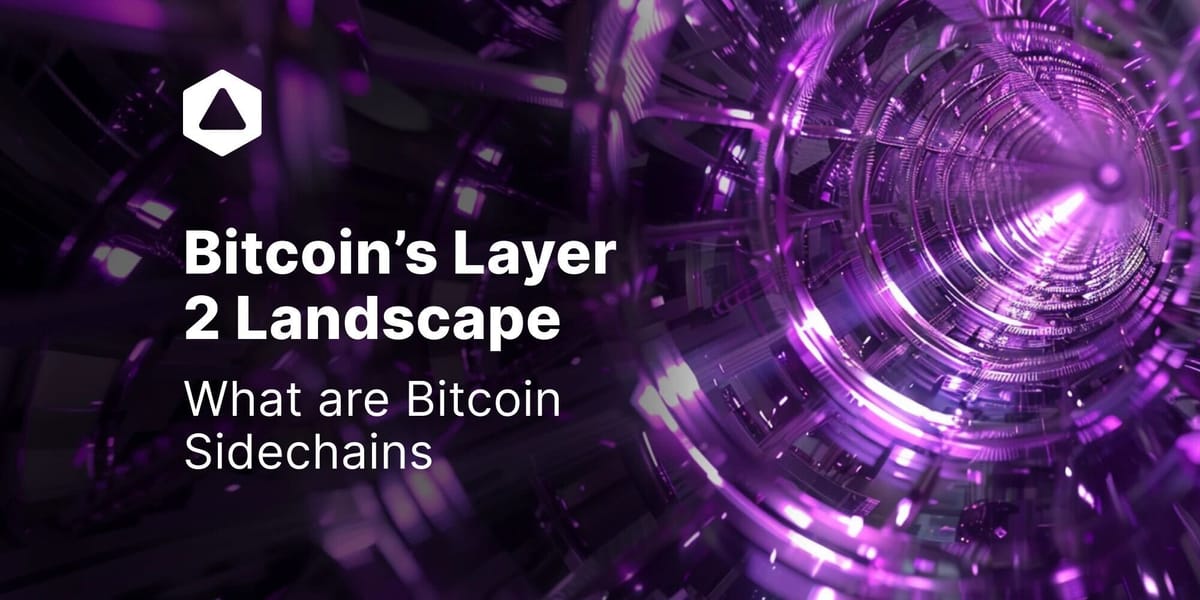
Why Are L3s on Bitcoin Important?
Layer 3s on Bitcoin unlock a number of benefits that just weren’t accessible in the past, these include the following:
- Easy deployment for developers: Anyone from an indie coder to a startup can spin up their own blockchain environment without permission or specialized infrastructure.
- Dedicated blockspace: Each app or project gets its own lane, so traffic spikes in one project don’t overwhelm the rest of the system.
- Low fees and high throughput: Thanks to the aggregation of transactions and the compactness of ZK proofs, L3s can process more transactions per second at much lower average costs.
- Composability: Developers are free to define economic, technical, and privacy rules suited to their specific use case.
- Inherited security: When L3s roll up to L2 then to the Bitcoin base layer, they rely on Bitcoin’s battle-tested security model. No centralized points of failure or trusted intermediaries. What is important is the security of the Layer two's. In this case that of Bitfinity.
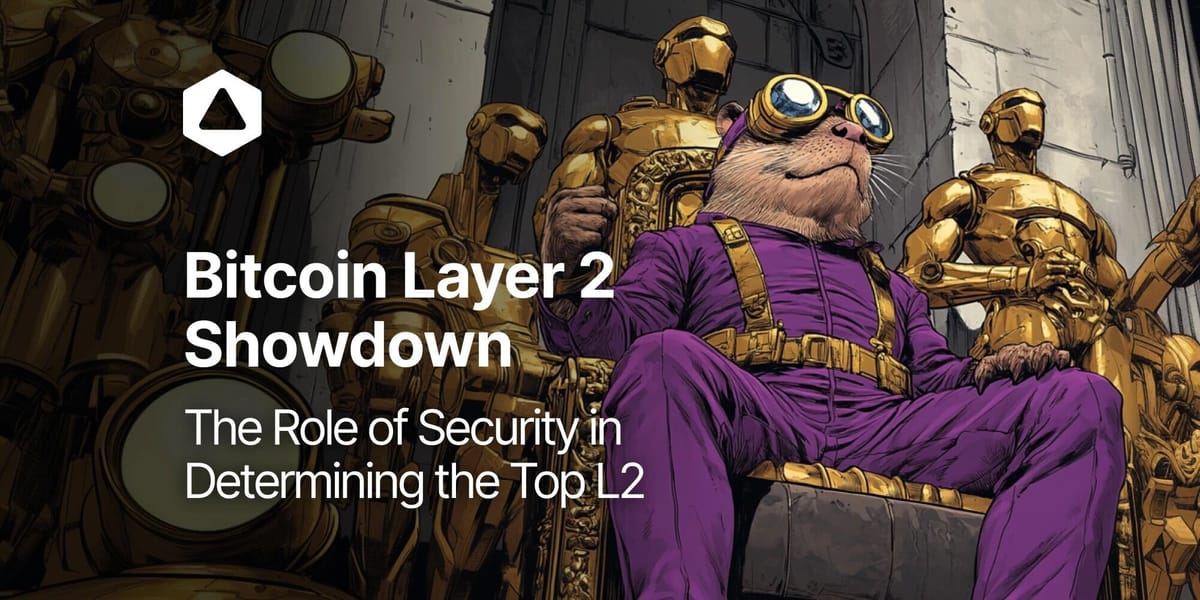
How ZK Layer 3s Are Architected on Bitcoin
We look at a demonstration of how this layered approach works in practice:
- When users send transactions, they flow into a Layer 3 appchain sequencer, which makes an initial record and quickly confirms the transaction.
- Periodically, these transactions are bundled into blocks, and a special ZK “prover” generates a proof for that bundle.
- This zk-proof is submitted to the Bitcoin Layer 2, where a validator checks it and prepares it for final settlement.
- The L2 itself aggregates proofs from many L3s and produces its own combined proof. These are then committed to the Bitcoin main chain often using tools like Ordinals inscriptions for compact referencing.
- All underlying data is made available using decentralized data layers such which ensures that the full transaction record is accessible and verifiable by anyone, anywhere.
This stack allows for scaling where multiple custom blockchains (the L3s) can operate independently and efficiently yet all settle into the same secure Bitcoin base layer, for greater security.
What Developers Can Do with Bitcoin L3s
With L3s, developers are not limited by the conservative choices of the main Bitcoin protocol. Instead, teams can craft environments specifically for:
- DeFi protocols where block times and throughput matter significantly
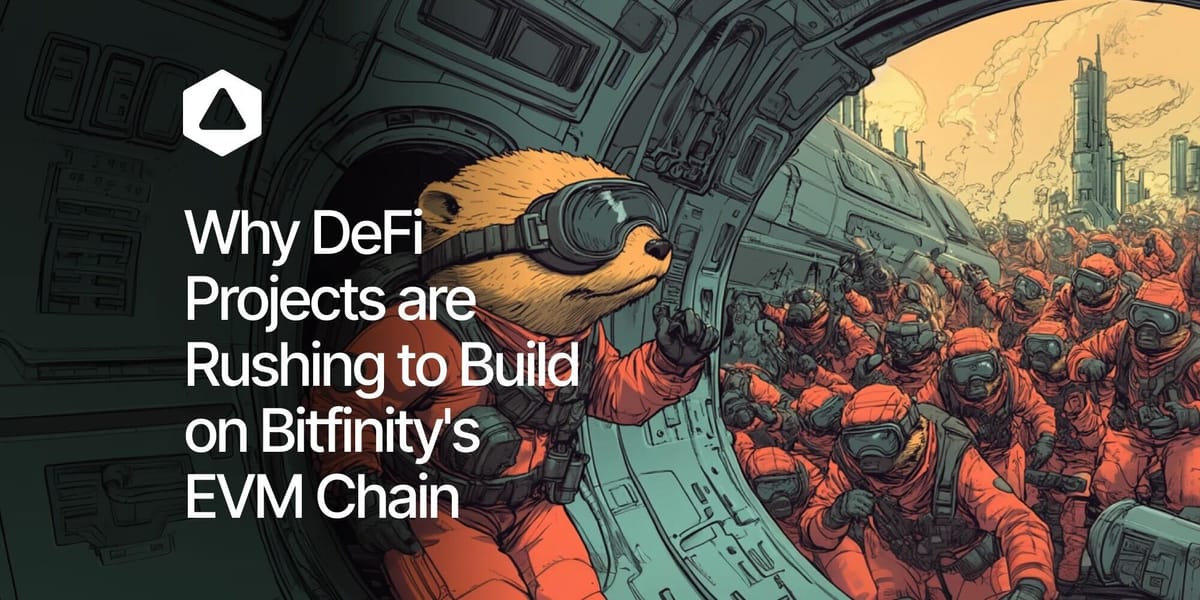
- On-chain gaming platforms needing quick, cheap moves

- NFT and digital creative platforms that don’t want to compete for space with financial apps

- Privacy-focused applications that benefit from the cryptographic guarantees of ZK proofs
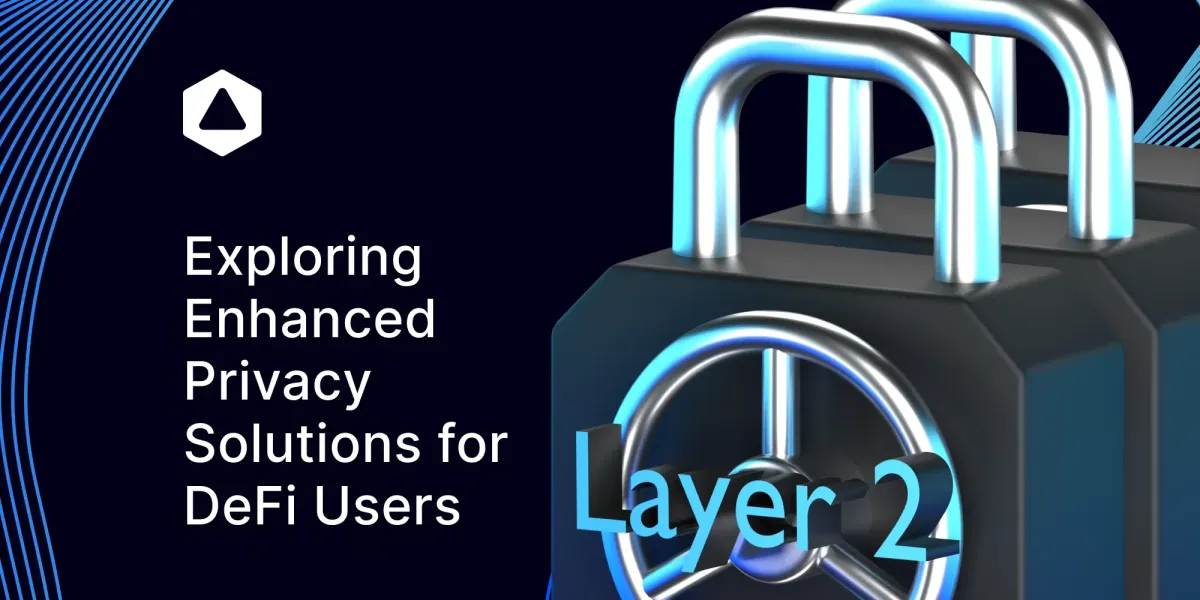
Developers can choose their own data availability provider, tweak transaction speeds, manage costs, and create application-specific rules. The flexibility gives Bitcoin a last-mile tool for experimentation and adoption, while ZK proofs ensure security and decentralization are not lost in the process.
Why L3s Are More Than “Just Another Layer”
L3 appchains are more than a technical upgrade, because in previous Bitcoin scaling approaches, every project shared the same blockspace and bandwidth, leading to frequent congestion or fee spikes.
L3s represent a shift to compartmentalized blockspace: each appchain has predictable performance and economics, and failures or traffic surges are contained rather than spreading across the ecosystem.
Moreover, zk-rollups mean the cost for block inclusion does not rise dramatically with usage. Since the zero knowledge proof size is fixed, even as L3s scale up, settlement on Bitcoin remains sustainable.
Security: The ZK Difference and Chain Key Technology
All of this efficiency and flexibility would mean little without real security. The brilliance of the ZK approach is that anyone can independently verify the validity of the off-chain computation, meaning there’s no need to trust centralized operators.
Supported by Chain Key Technology, that allows the Internet Computer to validate transactions and queries using a lightweight, single public key, and eliminates the need for extensive cross-validation across nodes.
Similarly, in Bitcoin Layer 3 (L3) ecosystems, light clients leverage zero-knowledge proofs (ZK proofs) to validate transactions. These clients do not need to store or process the entire blockchain, relying instead on compact cryptographic proofs.
One sticking point for earlier Layer 2 solutions was slow asset bridging, sometimes taking days for withdrawal. In ZK-based L3s, deposits can be finalized in under a minute, and withdrawals can be processed in just a few hours. For both users and dapp teams, this removes a major source of frustration and risk.
Bitcoin as a Real Application Platform
By enabling flexible and speedy Layer 3s, Bitcoin finally takes a giant step toward supporting not just currency transfers but a full range of web3 apps. Teams of any size can now use Bitcoin as the foundation for their own custom blockchains, benefiting from both modular design and the unmatched security of Bitcoin itself.
The age of ZK L3s on Bitcoin is just beginning. As the standards and tools improve, expect a surge of experimentation and perhaps the arrival of the first “killer app” built natively in the Bitcoin ecosystem, powered by Bitfinity (ofcourse).

Connect with Bitfinity Network
Bitfinity Wallet | Bitfinity Network | Twitter | Telegram | Discord | Github

*Important Disclaimer: The information provided on this website is for general informational purposes only and should not be considered financial or investment advice. While we strive for accuracy, Bitfinity makes no representations or warranties regarding the completeness, accuracy, or reliability of the content and is not responsible for any errors or omissions, or for any outcomes resulting from the use of this information. The content may include opinions and forward-looking statements that involve risks and uncertainties, and any reliance on this information is at your own risk.
External links are provided for convenience, and we recommend verifying information before taking any action. Bitfinity is not liable for any direct or indirect losses or damages arising from the use of this information.









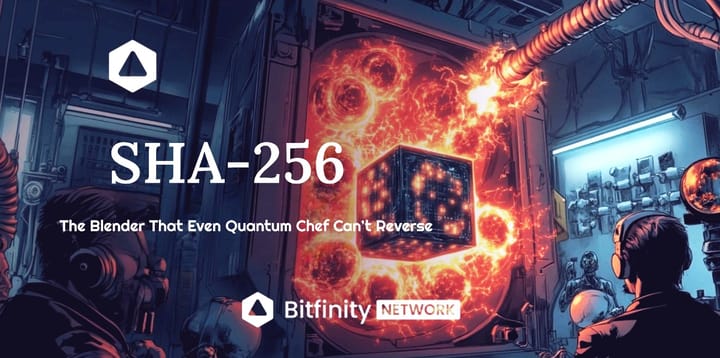
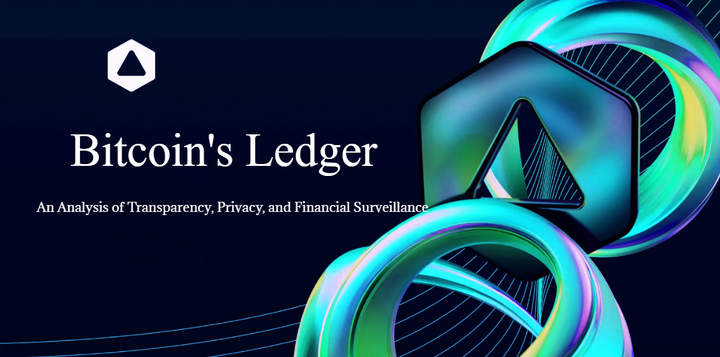

Comments ()